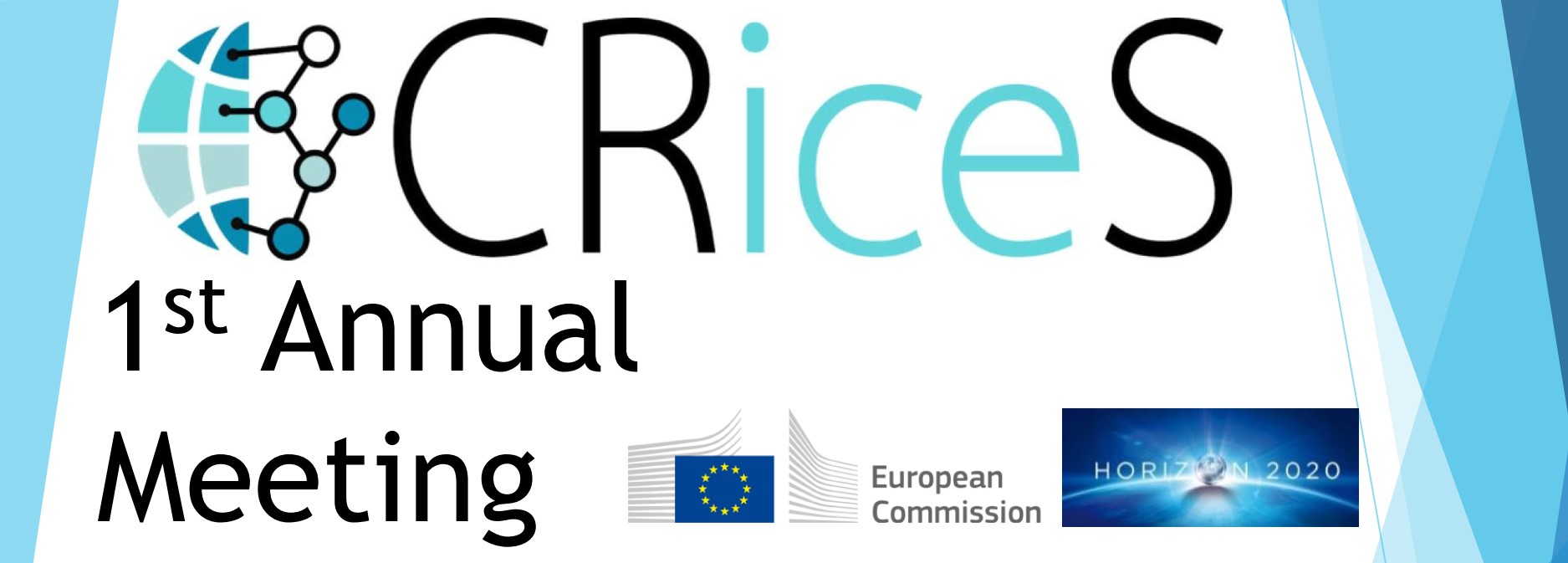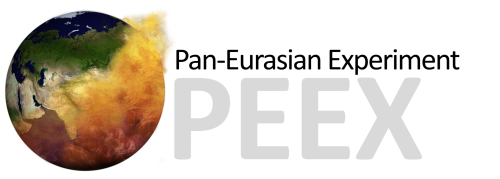Project Description

The 1st Annual Meeting of the Horizon-2020 project “Climate Relevant interactions and feedbacks: the key role of sea ice and Snow in the polar and global climate system” (CRiceS; 2021-2025; https://www.crices-h2020.eu) took place online during 19-20 September 2022.
The meeting started with welcome words and highlights from the coordinators Profs. Risto Makkonen and Jennie Thomas, followed by a series of presentations about the YOPP (Year of Polar Prediction; https://www.polarprediction.net) highlights; New understanding of snow on sea ice from MOSAiC (Multidisciplinary drifting Observatory for the Study of Arctic Climate; https://mosaic-expedition.org); Co-creating the future CMIP (Coupled Model Intercomparison Project; https://www.wcrp-climate.org/wgcm-cmip); PolarRES (Polar Regions in the Earth System: the Role of Local and Regional Polar Processes in Changing the Polar Climate and the Global Climate System; https://polarres.eu) project – progress and plans; Arctic Passion (Pan-Arctic observing System of Systems: Implementing Observations for societal Needs; https://arcticpassion.eu) – overview; and EU Polar Cluster (https://www.polarcluster.eu) with questions/ answers to invited speakers.
On 19 September, the reporting on status/ progress of the CRiceS WorkPackages and tasks as well as discussion session across the main CRiceS Core Themes (CT1. Heat, mass and momentum exchanges; CT2. Aerosols and clouds; CT3. Biogeochemical cycles/greenhouse gas exchange; and CT4. Integrated system understanding) took place. The discussions focused on plans for delivering on a coordinated strategy for model developments with input from each task leader and project members.
On 20 September, a series of invited talks as inspiration for the work ahead was delivered, and these included – statistical definition of the Antarctic marginal ice zone; Antarctic marginal ice zone and pack ice area in CMEMS (Copernicus Marine Environment Monitoring Service) GREP (Global Reanalysis Ensemble Product); Arctic sea ice thickness regime shift; In terms of radiative forcing not all high-latitude black carbon emissions are equal; Clouds drive differences in future surface melt over the Antarctic ice shelves; Future Arctic Ocean stratification – followed by questions and discussions. Then, the Core Theme meetings took place in separate break virtual rooms led by the Core Team leaders with round table discussions and with objective to develop strategies for upcoming deliverables. Moreover, the CRiceS General Assembly and the Early Stage Carriere networking session also took place. The EC Project Officer Alberto Zocchi also provided evaluation and commented on the CRiceS project.
Text by Tuukka Petäjä, Alexander Mahura (University of Helsinki)
